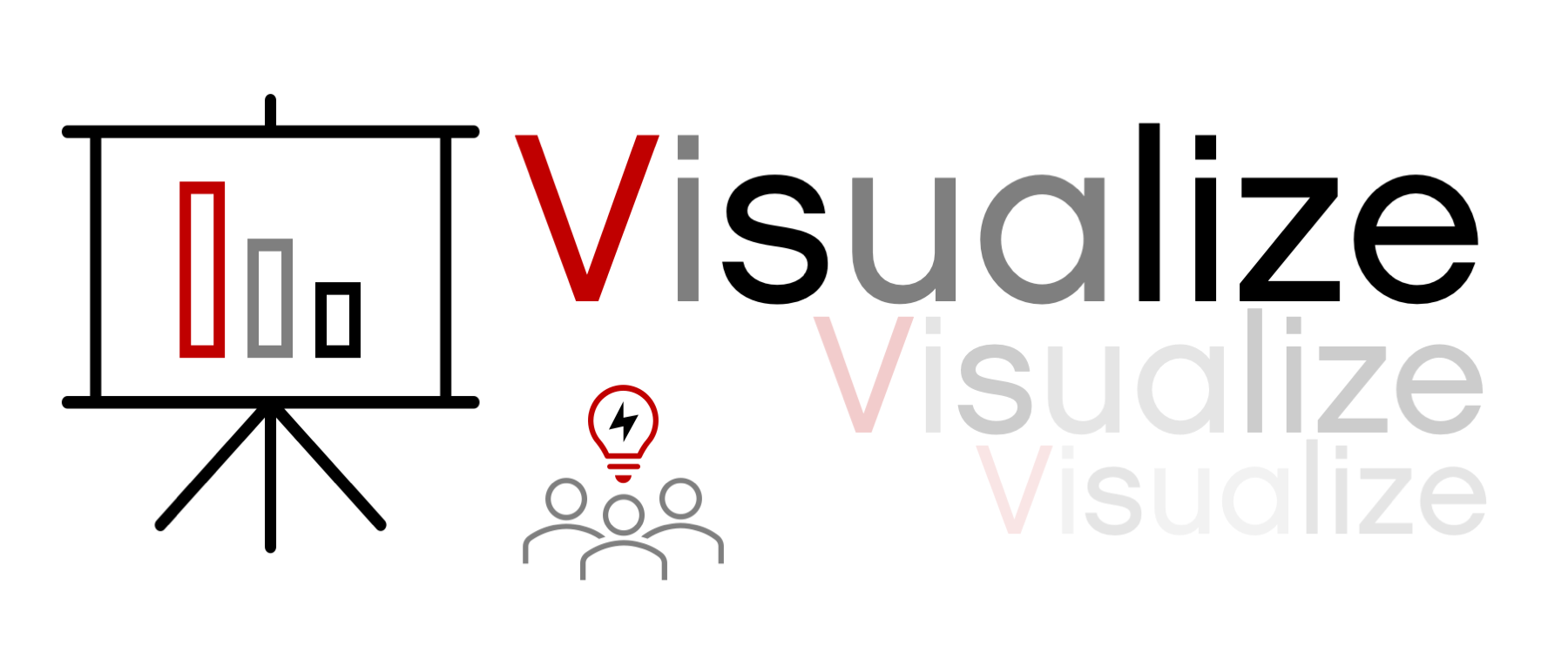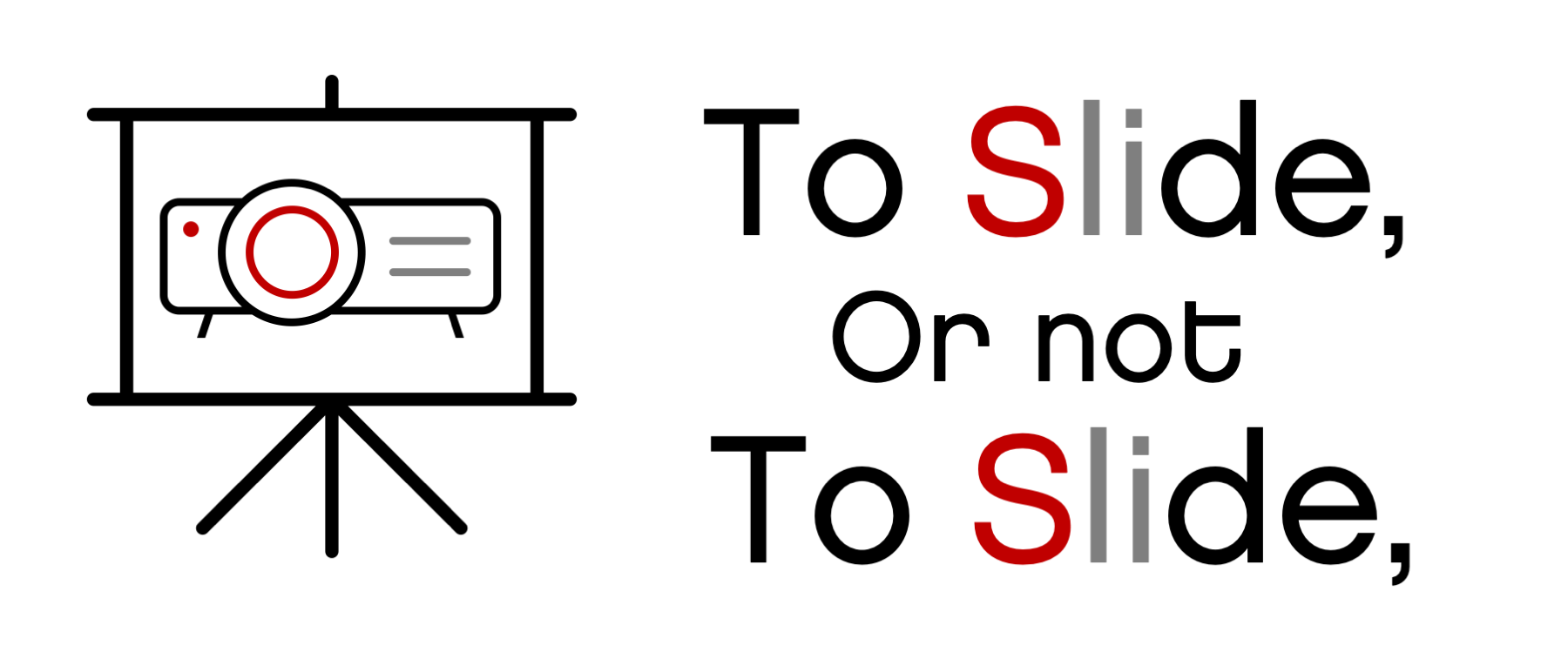3. Visualize, To slide or not to slide

Using visual support is optional, not mandatory! You are the one telling the story, not your visuals. Visuals should only be used to make it easier for your audience to understand what you are talking about.
To slide or not to slide?
Considering the text above, the first question you should ask yourself is the question about needing visuals or not? If you really think they can add value for your audience, then ask yourself, what type of visuals?
The first one that comes to mind for most people is a set of slides made with PowerPoint or Keynote, but there are so many more. You could decide to use flip charts and draw something on the spot, use physical objects to showcase your product or what you are talking about and let’s not forget about your body, which can be used to visualise a lot as well!
So ask yourself, what would benefit your audience the most?
Minor tip on this one, PowerPoint is the most used but also the one that can make your audience fall a sleep the fastest!
Basic Dos and Donts
If you decide to use visuals, please use the below Do’s and Don’ts as a guideline.
These are designed to keep your audience engaged as opposed to falling a sleep or worse, irritated.
- Make sure everyone can see your visuals
Especially with bigger audiences, using objects or flip charts might not be the best choice. - Do not use to much text on your slides
People will read first, then listen to you… If you really need to use text, keep it to single words, not full sentences - Keep it simple
Keep the use of colours, images and text simple and minimalistic, chaos on your slide means chaos in your audience
There are many more tips and tricks on this one, but you choose to go Quick & Dirty, so let’s stop here.
Where to go next?
Slideshow completed! Let's go to the last article which is all about "Controlling your nerves"
